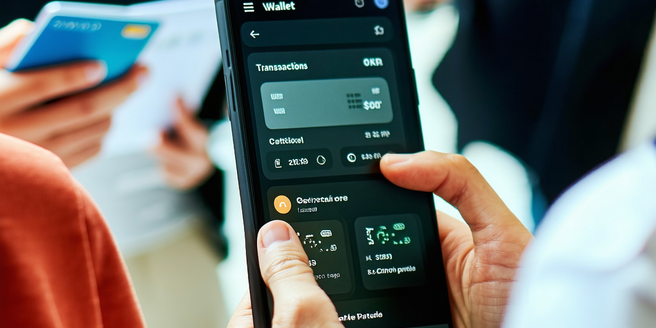
Understanding Mobile Payment Systems
Mobile payment systems have become integral to our daily transactions, allowing ease and speed with just a tap of a smartphone. Understanding these systems helps in making informed decisions about which platforms to use. Typically, these systems use technologies like NFC, QR codes, and digital wallets to facilitate transactions. Recognizing the underlying infrastructure, such as how payment processors and banks interact, is crucial. It’s also important to explore the security measures in place, like encryption and tokenization, that protect your data. Apps like Apple Pay and Google Pay are popular choices, and understanding their features can help enhance the security and convenience of your payments.
Tips for Securing Mobile Transactions
Securing mobile transactions is paramount in a world where digital fraud is prevalent. To ensure safety, always keep your apps updated; developers frequently release patches to address vulnerabilities. Enable biometric authentication when available, as it provides an additional security layer beyond passwords. Taking proactive steps can significantly reduce the risk of cyber threats. Avoid using public Wi-Fi for transactions, as these networks are often insecure and risk exposing your data. You should also regularly monitor your bank statements for any unauthorized activities to catch potential fraud early. Consider using mobile payment apps that offer additional security features, like transaction notifications and two-factor authentication.
Choosing the Right Mobile Payment App
Selecting a mobile payment app requires consideration of various factors such as security, ease of use, and merchant acceptance. Look for apps with strong security protocols, including encryption and fraud detection. Consider the app’s compatibility with your devices and its ability to integrate with your existing banking systems or payment methods. Evaluate their transaction fees, privacy policies, and customer service quality. User reviews and expert ratings can provide insights into the app’s reliability and any potential issues. Some popular options include Venmo, PayPal, and Zelle, each offering unique features that cater to different user preferences and needs.
Recognizing and Avoiding Scams
Being vigilant helps in recognizing and avoiding scams in mobile payments. One of the most common scams involves phishing, where scammers trick users into sharing their sensitive information. Be wary of unsolicited messages or emails asking for personal details. Always verify the authenticity of a source before clicking on any links. Be cautious of offers that seem too good to be true, as they might be scams. Educating yourself on the signs of fraudulent activities and staying informed about new scam tactics can greatly reduce your risk. Remember to protect your devices with antivirus software and secure passwords.
Managing Payment Data Privacy
Managing your payment data privacy is essential to safeguard your personal information from unauthorized access. Start by choosing apps with strict privacy policies that don’t share your data without consent. Regularly review app permissions and revoke any unnecessary access to your information. Utilize features like app lock or secure folders to protect data on your device. Be aware of what data is being collected and opt out of data sharing when possible. Implementing simple measures, such as using strong, unique passwords and activating two-factor authentication, can further protect your personal and financial data from breaches.
Future Trends in Mobile Payment Security
The future of mobile payment security is shaping up with promising advancements driven by technology. Biometric authentication, including facial recognition and fingerprint scanning, is becoming more prevalent, offering enhanced security. Blockchain technology is emerging as a potential game-changer, providing a decentralized and secure transaction method. Artificial intelligence and machine learning are being leveraged to detect and predict fraud in real-time, improving response times. As 5G technology rolls out, faster and more secure connections will aid in safer transactions. Staying informed about these trends can help consumers and businesses adapt and better protect themselves against evolving cybersecurity threats.
